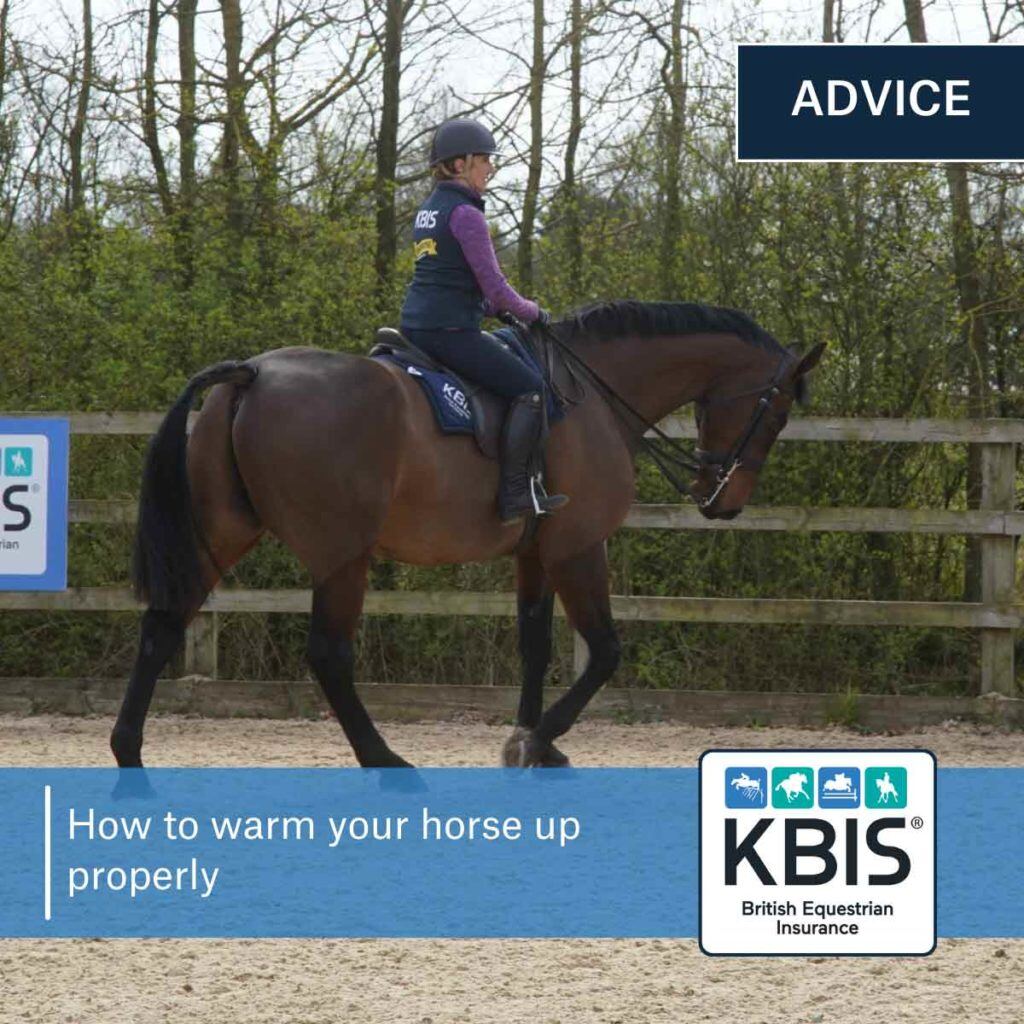As riders, we understand the need for warming up and know the dangers that come with rushing straight into exercise. However, many people have conflicting opinions on what a “proper” warm-up is, some swear by short and sweet, whereas others suggest spending more time working their horse in at the beginning of the ride.
In this blog, we explain how to warm up a horse properly to ensure you get the best possible results from your horse and the reasons why a good warm-up makes all the difference.
Why warm-up your horse?
A proper warm-up is essential for horses. Think of them as athletes. You would never head straight out for a fast run without putting in the time to stretch and prepare first, would you? It’s the same principle for our equine friends and a proper warm-up will raise their heart rate, increase the amount of oxygen circulating in the bloodstream, flex joints and increase muscle elasticity.
Not only does warming up put you in the best possible position for your training session but avoiding it or not doing it correctly can cause harm and increase the risk of injuries.
How to warm-up a horse properly
A good and efficient warm-up comes in three stages: loosening, warming, and suppling. Each part is crucial in ensuring your equine athlete is as prepared as possible for whatever comes next.
1. Loosen up
The first stage of your warm-up should consist of around ten minutes of work on a long rein with no tight contact. You can do this riding around the arena, in hand or with a quick hack, ensuring you’re allowing them to stretch long and low and move freely through their full range of motion.
KBIS rider Jayne Ross shares her top tip for an effective warm-up: “Allow plenty of time before your class. Start with plenty of walking on a long rein to loosen your horse up, giving them time to soak up any atmosphere and avoid any unnecessary excitement. I like to leave enough time to let them stand around for a bit and have a pic of grass. Try not to react to any dramatics from the horse, if you don’t react to them, they tend to stop testing you. A horse will often sense excitement and apprehension from their jockey, even if you aren’t aware you are giving off these signs so try to stay calm and relaxed. Above all, smile and enjoy it. It’s about having fun after all!”
Loosening up will ensure the joint fluids begin to move and lubricate which can take a little while, particularly for horses that spend most of their time stabled, however, this doesn’t mean you should skip this step just because your horse has access to turnout. Horses in the field will move around with short bursts of energy and then stand still for some time which will not adequately prepare them for exercise.
2. Warm-up
Pick up a more relaxed contact, you don’t want a collected frame at this stage, but you do want to feel them at the end of the reins. For the next five to ten minutes of your warm-up, encourage an active trot and work on some transitions, building it up to canter.
This stage will prepare them properly for more vigorous exercise by increasing their heart rate and allowing the bloodstream to carry more oxygen to the muscles and organs. Some horses may prefer to spend more time in canter than trot at this stage, but this will depend on your horse. Whichever gait you’re riding, be sure to keep it active and forward to encourage blood flow.
3. Supple up
Now it’s time for some exercises to get your horse supple and ready for work. Start simple with transitions, flexions, circles, figures of eights and serpentines and work it up to some lateral exercises such as leg yielding if possible. Increase the difficulty of the exercises as you go by gradually reducing the size of your circles and including some more advanced lateral work (depending on the level of your horse’s training). Make sure you work evenly on both reins.
From here, this should lead you seamlessly into your planned activity. Your horse should be prepped and ready to go, feeling looser, responding quickly to your aids and generally be more active and ready for work.
That’s our guide on how to warm up your horse properly. Looking for more riding and care advice? Read our article on our favourite groundwork exercises to try with your horse, next.


